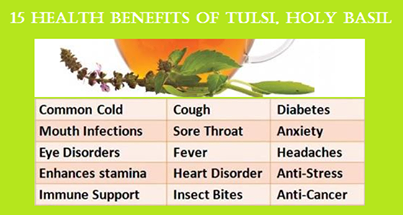Tea is the most widely consumed beverage in the world.
The market for Tea is growing rapidly. Rising consumer awareness about the
health hazards of carbonated drinks is leading to a shift towards Teas of all
types. Another major driver is the increasing awareness by consumers that
certain type of Tea can both prevent and cure various diseases. Aging
populations in Japan, Europe and the US also are increasing demand for Tea
because of its anti-ageing properties.
As a result of these trends, Tea is now found everywhere
including supermarkets, health and natural foods stores, drug stores, mass
merchandisers and Tea rooms, among others. New Tea brands and products are
appearing weekly. And pharmaceutical products based on Tea are under development.
The global market for Tea is very large and estimated at
USD15.4 billion in 2013, in terms of production value. While the Black/Other
Teas segment is growing modestly (3.9% annually), production of Green tea is
growing rapidly (11% CAGR) and Herbal Teas are growing exponentially (>15%
CAGR).
Despite the exploding demand for Tea, little has been
published on this market, especially the Green and Herbal segments. This report
looks in detail at the Tea market. Specifically, it provides:
- A comprehensive overview on the market for Tea products
by type, including Black and Other teas (Oolong, White, Yellow, etc.) Green
tea, and Herbal teas, e.g. Yerba Mate, Chamomile, Echinacea, Ginseng, etc.
- A thorough review of Tea's health effects-especially on
heart disease, cancer, diabetes, neurological diseases, renal disease,
dementia, oral health, intestinal problems and ageing.
- Research trends on the use of Green and Herbal teas for
curing and preventing various diseases.
- Analysis of global Tea production volume and value by
type and region during the 2013-2018 period, exports, imports, price trends and
the competitive environment.
Additionally, profiles of 172 leading, public and private
companies involved in the Tea industry as producers, distributors, retailers
and consultants are given. The report also includes 61 tables and 20
figures.





































